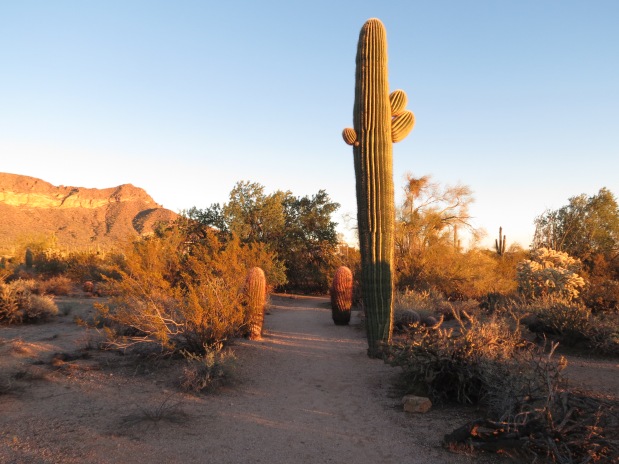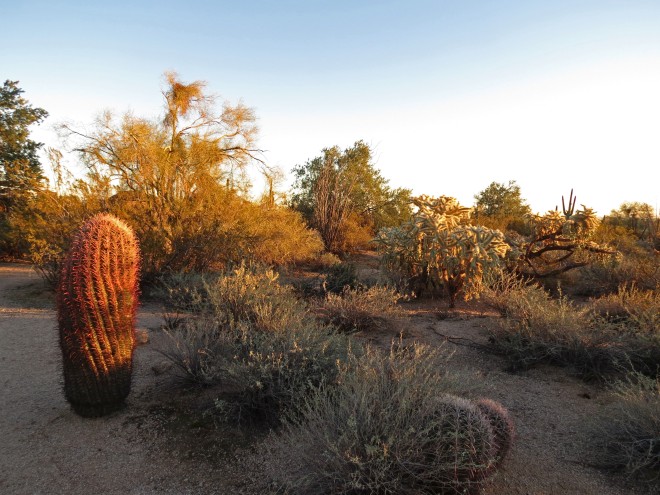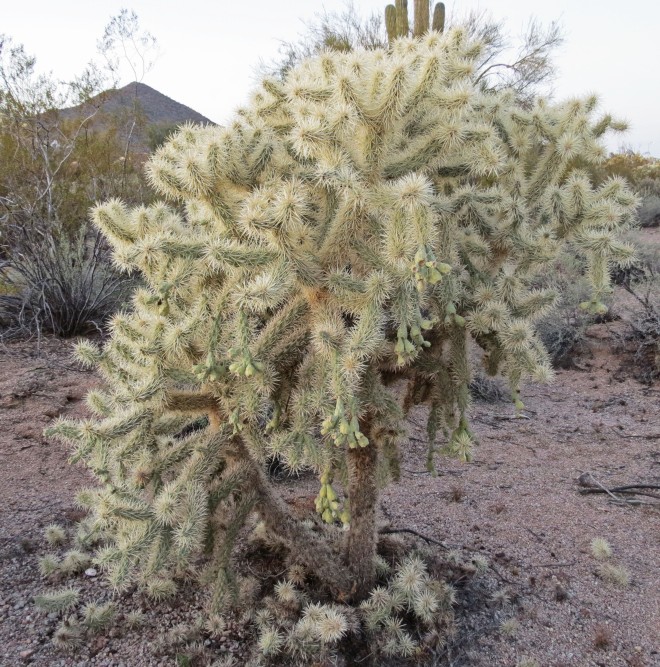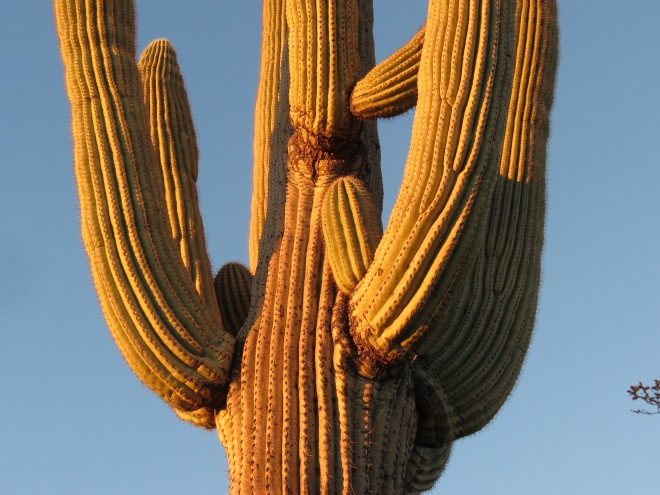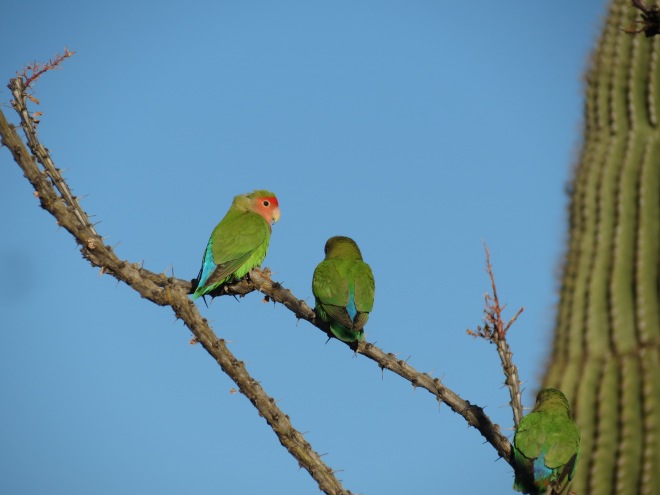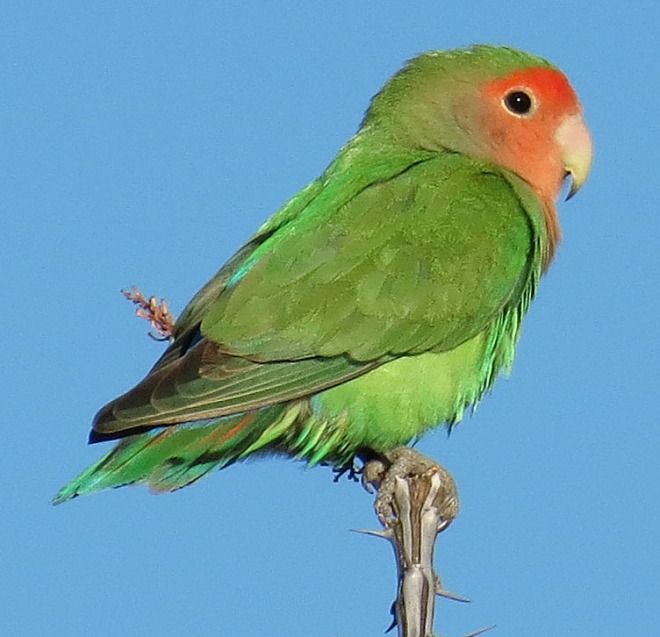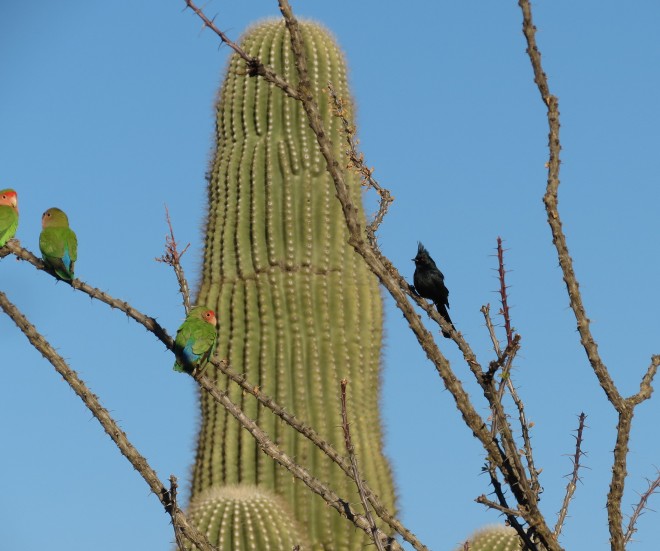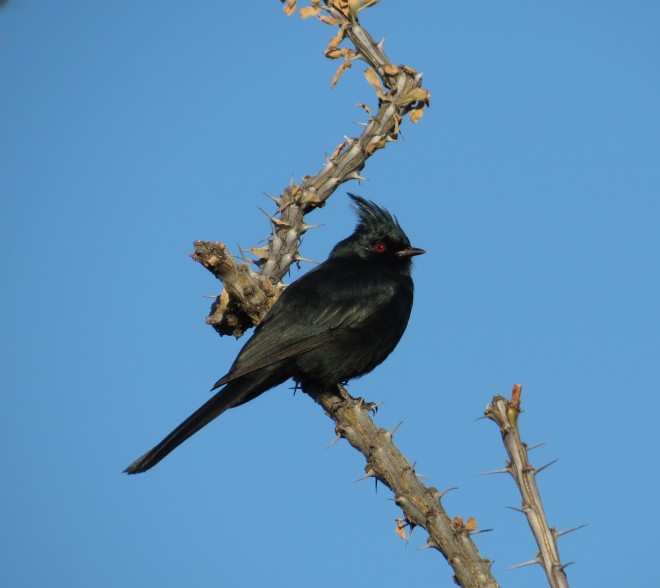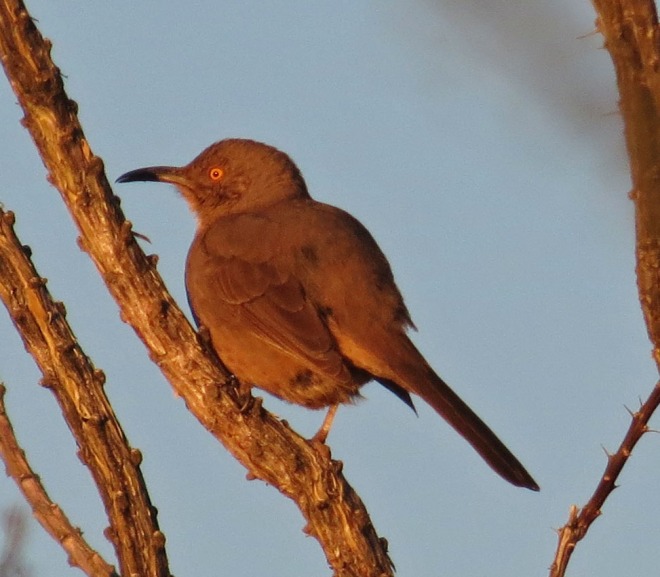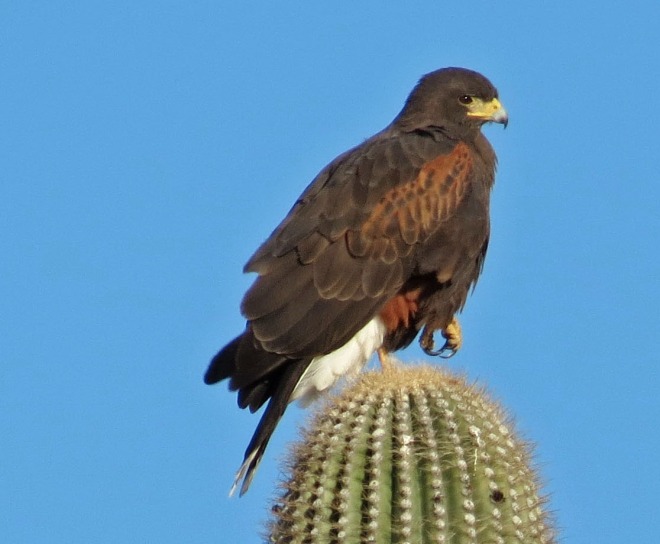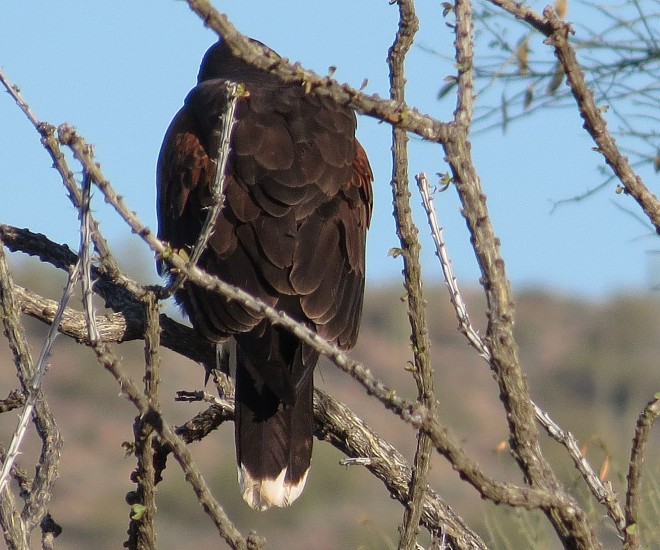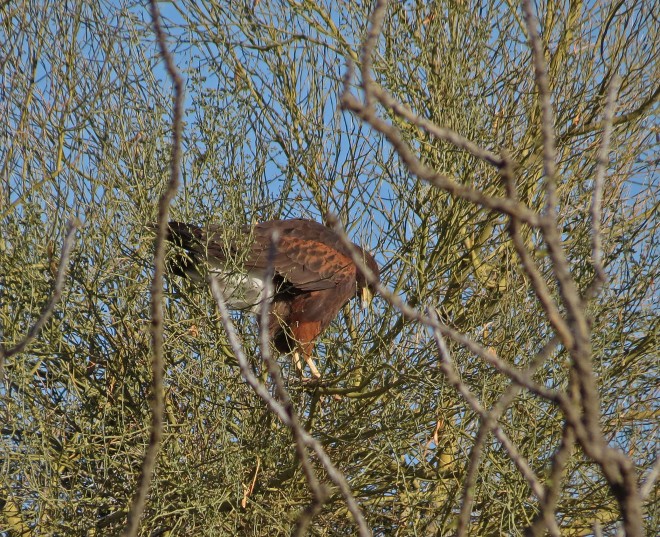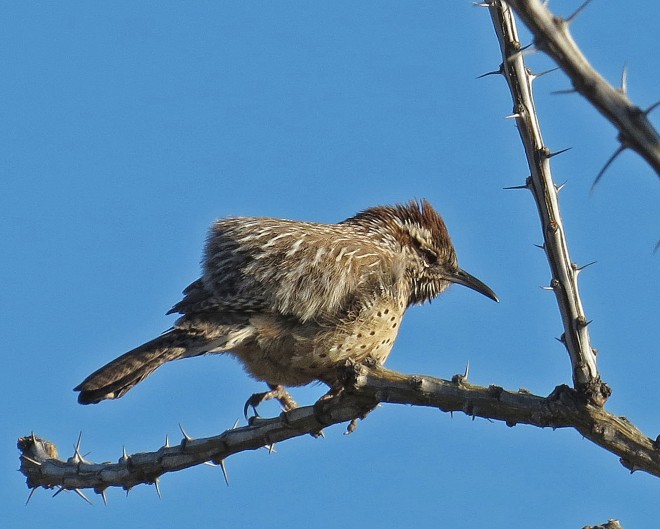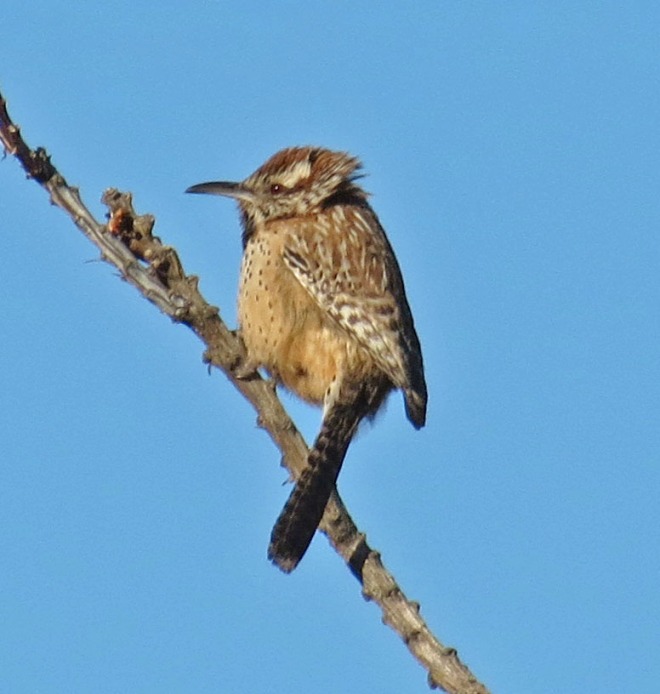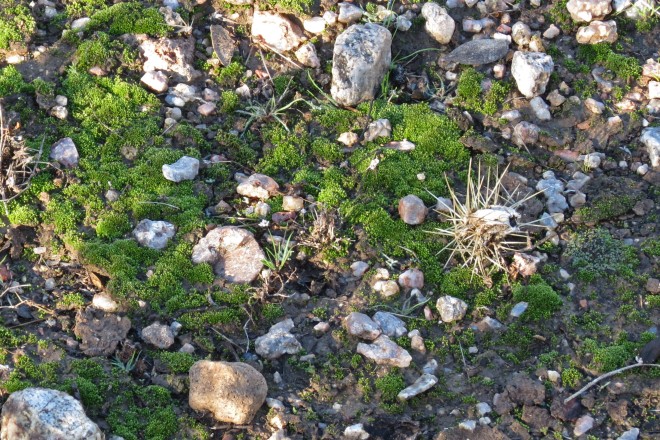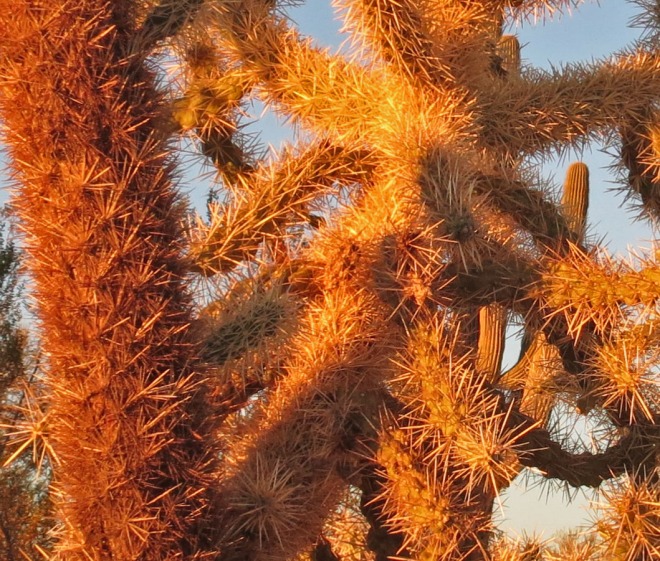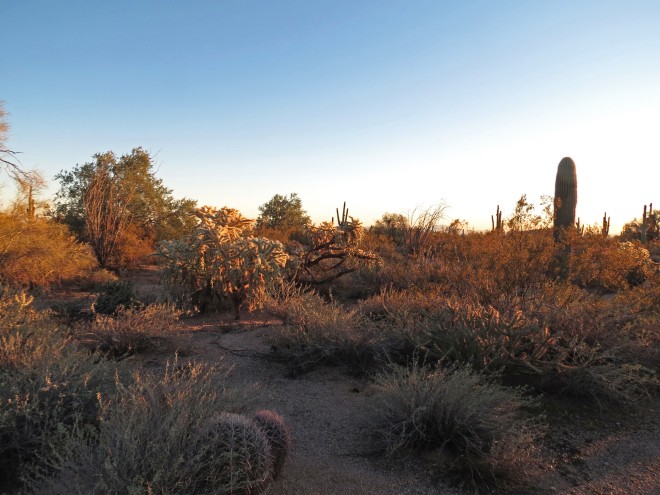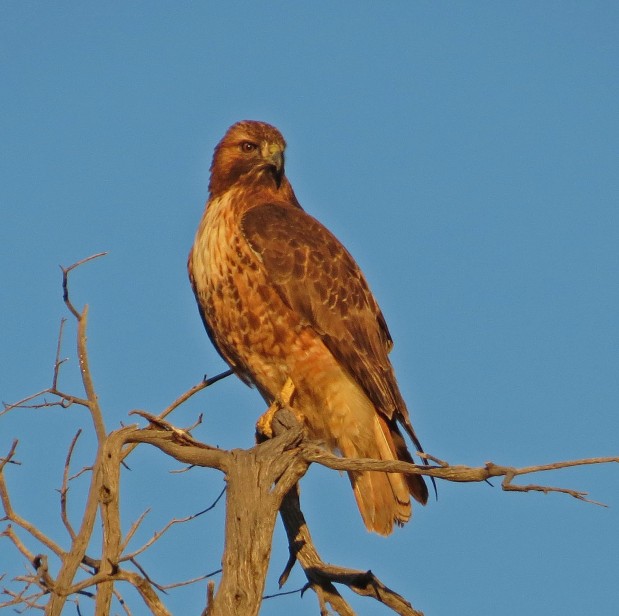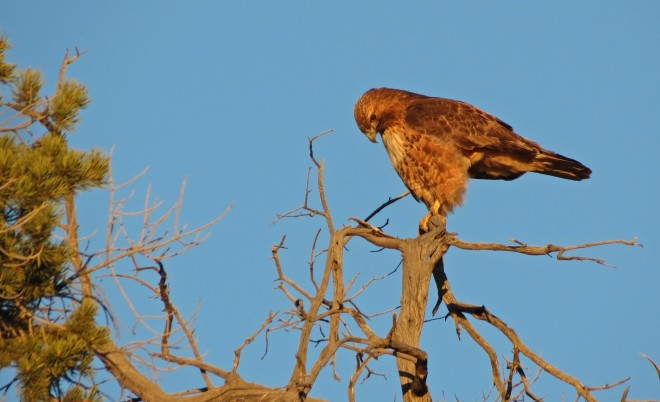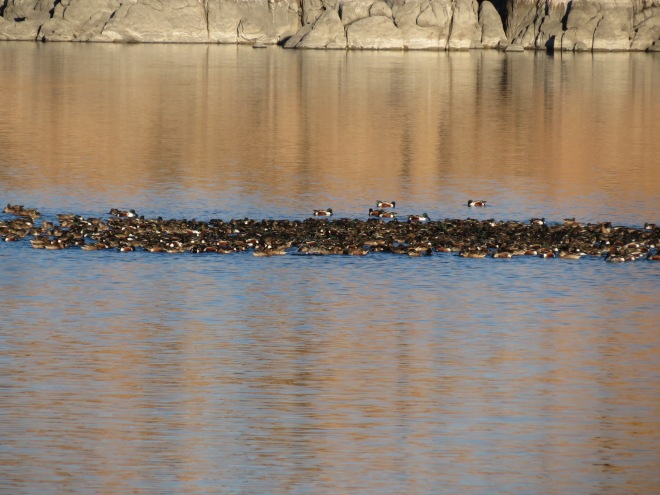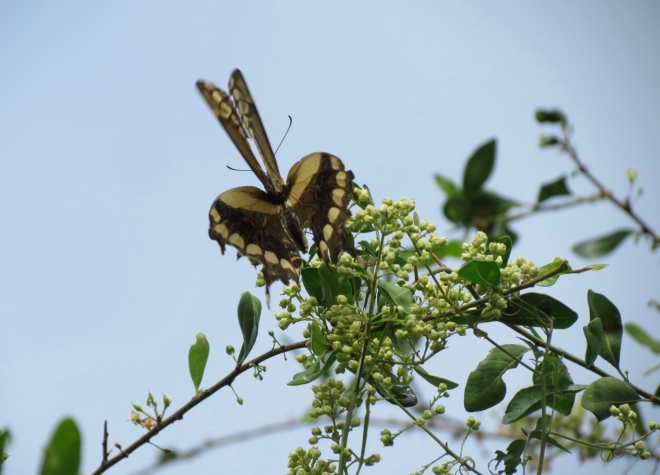
Giant Swallowtail with forewings raised. One of those totally lucky shots. Happened to click the shutter just as it was about to fly.

Same Giant Swallowtail a moment earlier
My day at Santa Ana was right after a big rain. The trails were muddy, the day mostly overcast and I did not see a lot of birds. I did find my first Altamira Oriole though, one of the Rio Grande Valley specialties, showing up only at the very southern most tip of Texas.
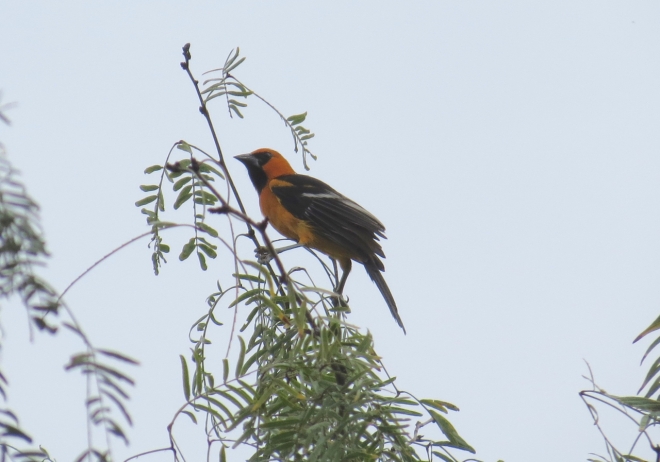
Altamira Oriole. This is the largest Oriole we have in the US
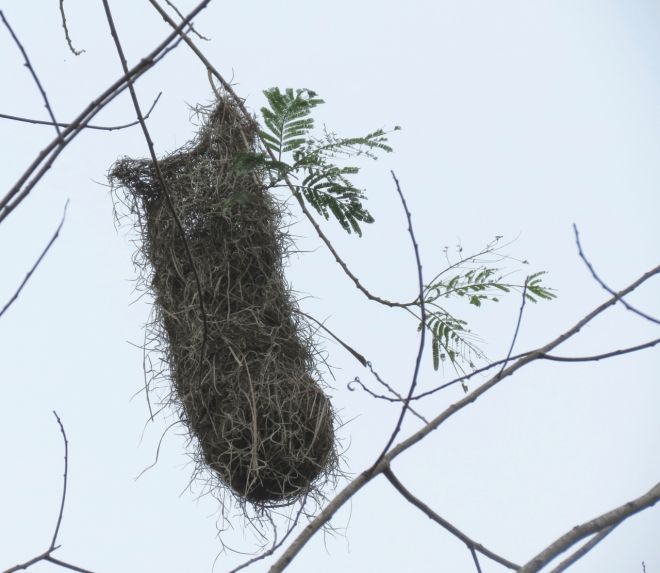
Altamira Oriole nest. These nests can be up to 2 ft long. This one is made entirely of Spanish moss. Like all Oriole nests it’s finely woven and the entrance is at the top.
My overriding memory of Santa Ana is the Spanish moss. I had never been in a place where it grew like this. In the misty morning light it felt like a fairy tale forest in which all manner of strange things might abide. Actually, considering the level of biodiversity at this refuge, there are indeed all manner of strange things out there.
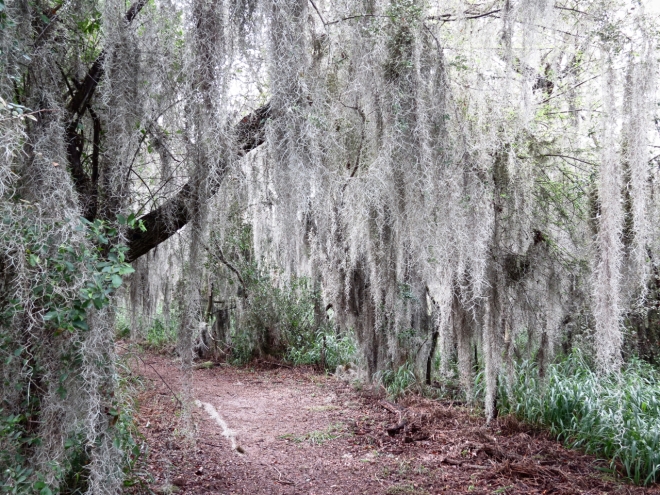
Spanish moss, Tillandsia usneoides
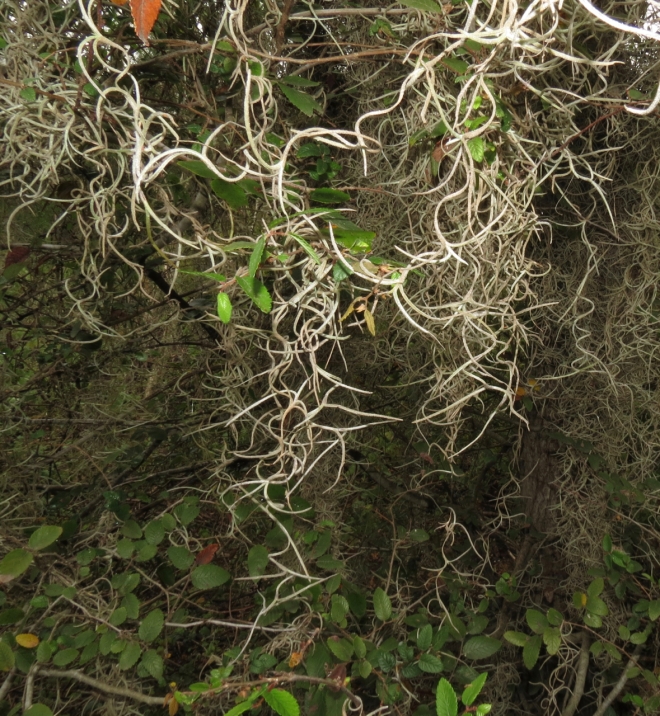
Closeup of Spanish Moss, Tillandsia usneoides
Tillandsias are a large family of epiphytes, flowering plants that do not need soil. They grow generally on trees and vines but are not parasitic, merely using them as an anchor. They can also be found hanging from power lines. Usneoides, the species name of Spanish moss, refers to its similarity to the Usneas, a diverse group of lichens. We have a lot of Usneas in the west, often called Old Man’s beard, and sometimes also referred to as Spanish moss. Neither genus is a true moss. Tillandsias, and Spanish moss in particular, require humidity.

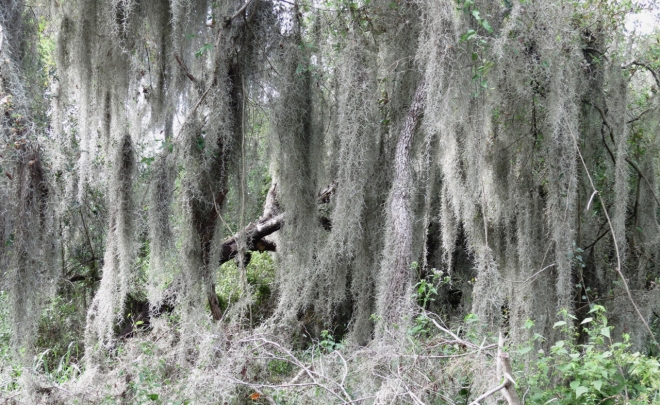
For contrast, here’s a fallen log with true mosses and lichens on it.
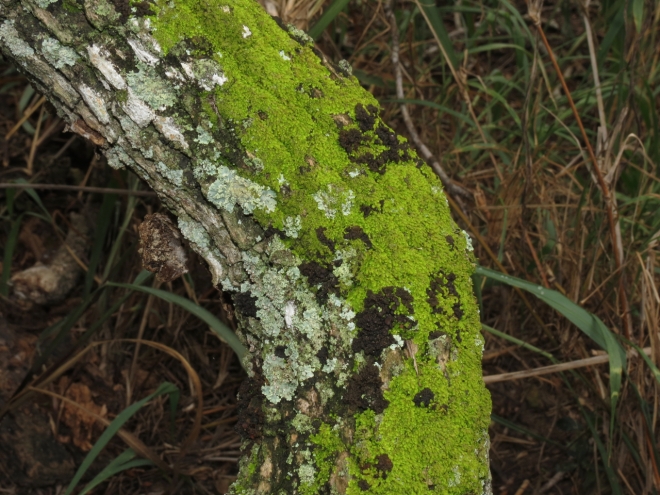
Moss and lichen on fallen limb
The other member of the Tillandsia genus that was abundant in this forest was Ball Moss, Tilandsia recurvata. Again, not a true moss. This one doesn’t seem to need so much humidity. I found it at several locations in the valley.
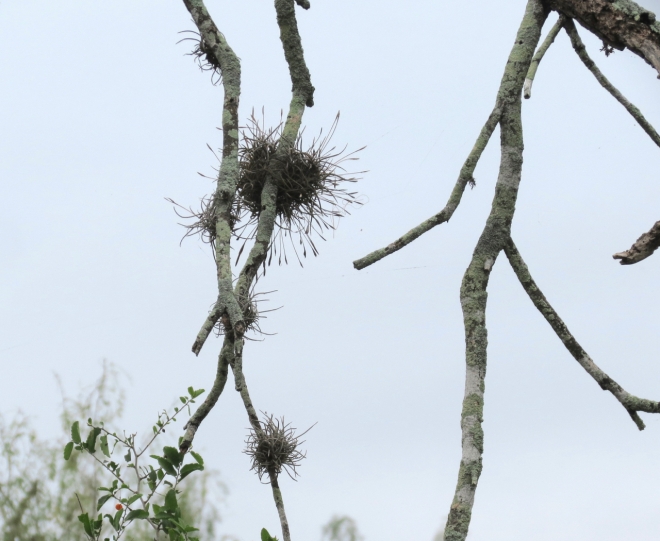
Ball Moss, Tillandsia recurvata
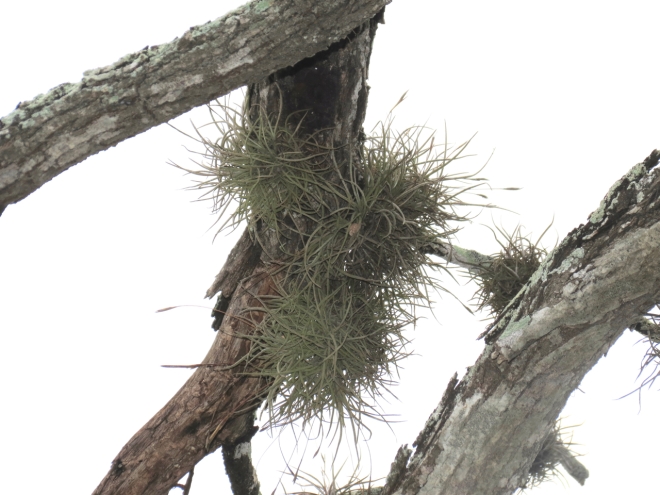
Closeup of Ball moss
Ball moss is a sturdier, less wispy plant. It always assumes a round shape.
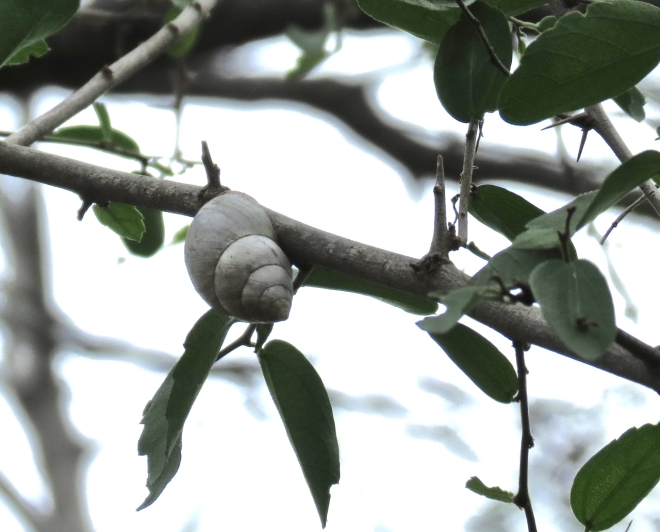
Striped Rabdotus, a tree snail and the primary food of the Hook-billed Kite
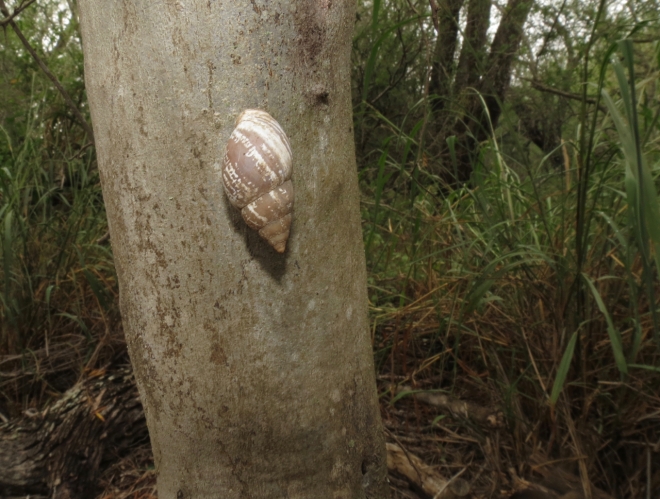
Striped Rabdotus snail
I didn’t get to see a Hooked-bill Kite. They’re increasingly uncommon in the valley now. These birds have a long hooked bill that varies widely across its range in both size and shape. It’s thought the bills evolved over time to help the birds eat whichever species and shapes of snails were available in their territories. In the lower Rio Grande valley it’s apparently this guy.

Greater Yellowlegs
There are several ponds throughout the refuge, but the sticky mud on the trails limited access the day I was there.
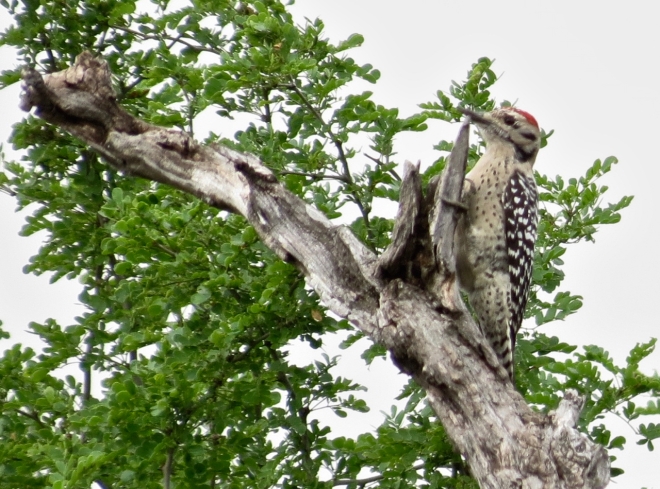
Ladder-backed Woodpecker. With so many new birds in the valley, it was a pleasure to see some old friends once in a while, too.
There was a tree near one of the ponds into which people had carved initials and symbols, but this tree, rather than retaining them as sunken scars, seemed to raise them up and out of itself. The closest I’ve ever seen to a phenomenon like this is on the Aspen trees, but even then the marks appear sunken with a scroll of dark bark edging them. I don’t know what species this is.
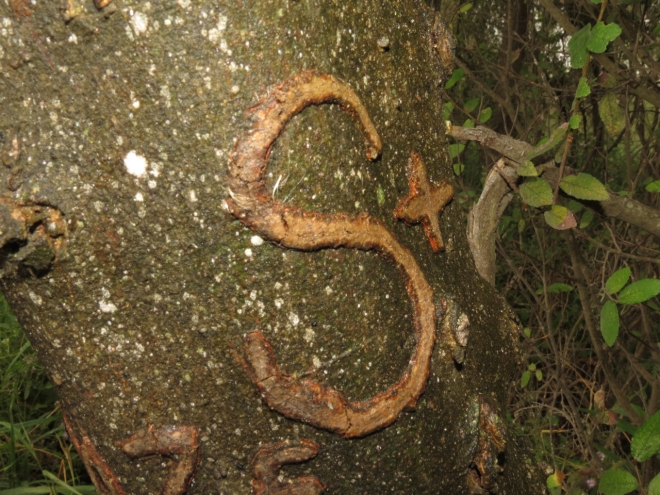
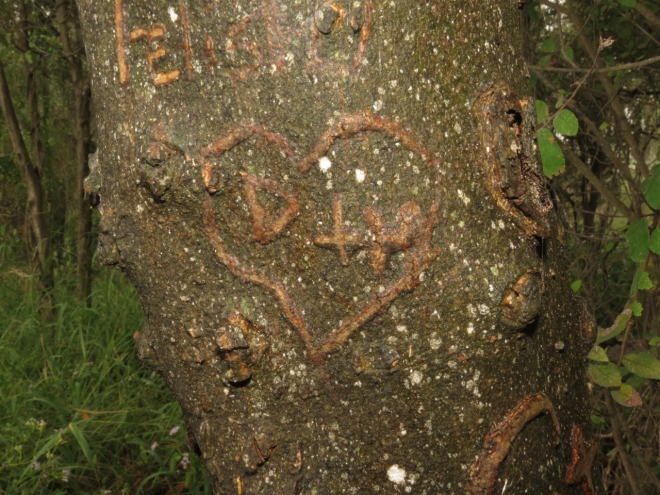
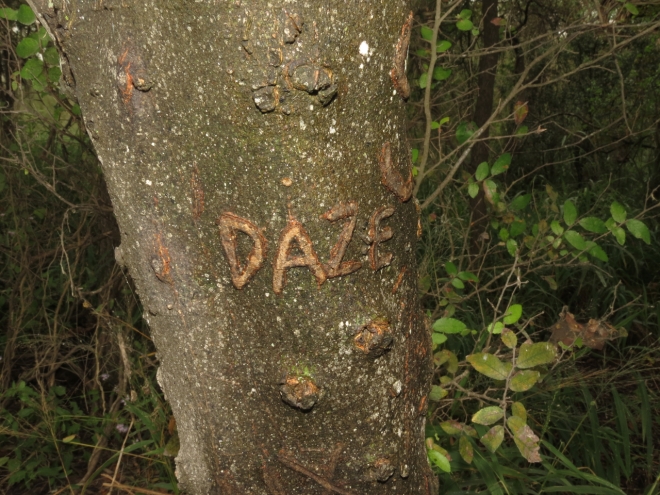
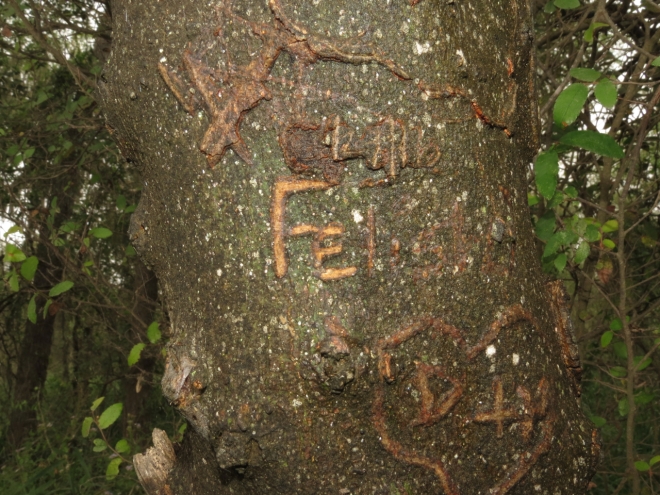
I guess if you felt compelled to leave your mark on a tree, this would be a satisfying one to do that on.
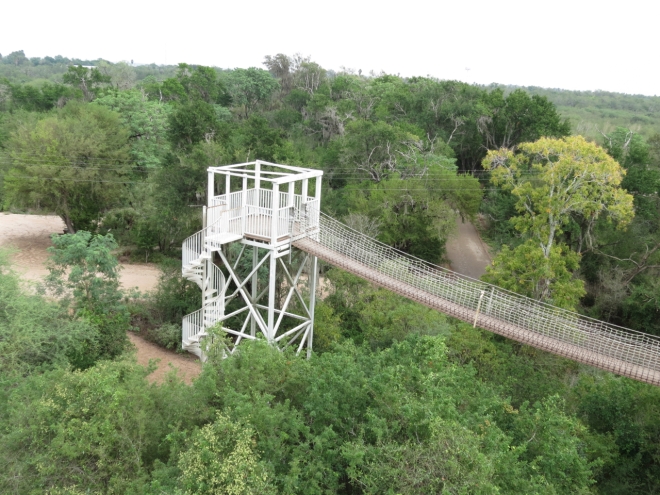
One of three observation towers clustered together on the refuge. This one has an aerial walkway to another tower.
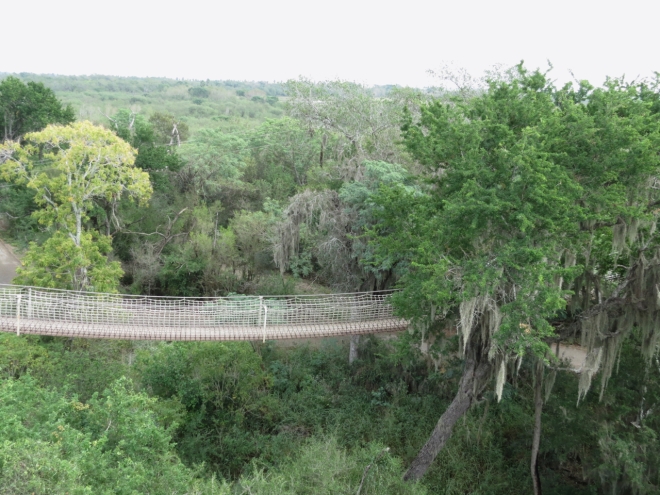
This is a major hawk watch site during migration. I knew that, but this sign blew me away.

50,000 raptors a day! I can’t even begin to picture what that would be like. What a thrill!
But here’s the scary news about Santa Ana. If Trump gets his border wall, the majority of Santa Ana Refuge will be cut off, including these towers. This beautiful jewel of biodiversity, with over 400 species of birds, half the nation’s butterfly species, and old growth forest, will be lost. The nearby National Butterfly Center will lose 70% of its land. Other refuges and sanctuaries along the river will also be impacted.
The specter of the wall is a looming presence and cause for worry all along the river. Santa Ana is right at the very heart of that.
